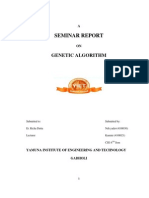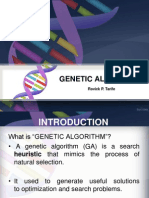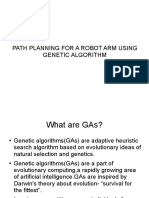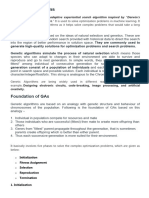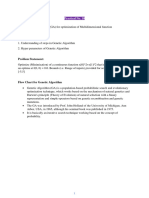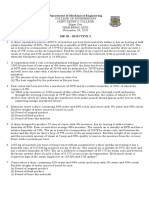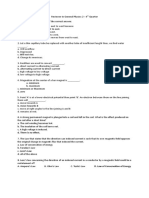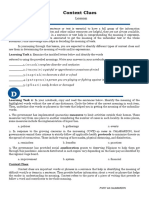0% found this document useful (0 votes)
15 views3 pagesBasics of Genetic Algorithms
Genetic Algorithms (GAs) are optimization algorithms inspired by natural selection, used to find approximate solutions to complex problems through processes like selection, crossover, and mutation. They operate on a population of potential solutions evaluated by a fitness function, evolving over generations until a stopping criterion is met. While GAs offer global search capabilities and versatility across various applications, they can be computationally expensive and do not guarantee optimal solutions.
Uploaded by
abitha20000406Copyright
© © All Rights Reserved
We take content rights seriously. If you suspect this is your content, claim it here.
Available Formats
Download as DOCX, PDF, TXT or read online on Scribd
0% found this document useful (0 votes)
15 views3 pagesBasics of Genetic Algorithms
Genetic Algorithms (GAs) are optimization algorithms inspired by natural selection, used to find approximate solutions to complex problems through processes like selection, crossover, and mutation. They operate on a population of potential solutions evaluated by a fitness function, evolving over generations until a stopping criterion is met. While GAs offer global search capabilities and versatility across various applications, they can be computationally expensive and do not guarantee optimal solutions.
Uploaded by
abitha20000406Copyright
© © All Rights Reserved
We take content rights seriously. If you suspect this is your content, claim it here.
Available Formats
Download as DOCX, PDF, TXT or read online on Scribd
/ 3





